| Thursday, November 14, 2019 | |
Designing Electronic Systems for Future Applications |
|
| 14:30 | Welcome |
Bob Smith, Executive Director at Electronic System Design Alliance, Electronic System Design (ESD) Alliance a SEMI Strategic Association Partner Welcome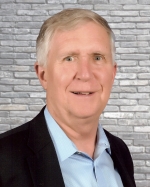
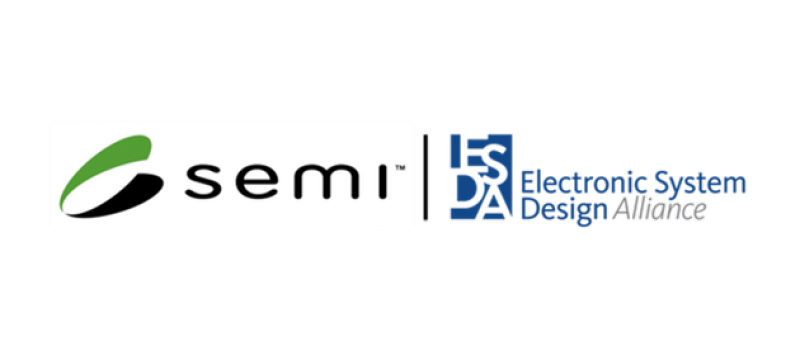 Abstract Biography |
|
| 14:40 | Next Generation SoC Design: From Atoms to Systems |
Babak Taheri, CEO/CTO of Silvaco, Silvaco Inc Next Generation SoC Design: From Atoms to Systems
 Abstract Biography |
|
| 15:00 | Near-Threshold Logic Benefits the Full Application Stack |
Lauri Koskinen, CTO and Co-founder, Minima Processor Near-Threshold Logic Benefits the Full Application Stack
 Abstract Biography |
|
| 15:20 | Deep Learning for Electronics Manufacturing |
Javier Cabello, Senior Computer Vision Engineer, Mycronic AB Deep Learning for Electronics Manufacturing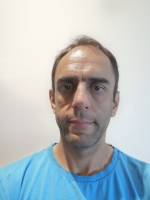
 Abstract Biography |
|
| 15:40 | Cloud-Accelerated Innovation for Semiconductor Design and Verification |
David Pellerin, Head of WW Business Development, Hitech/Semiconductor, Amazon Web Services Cloud-Accelerated Innovation for Semiconductor Design and Verification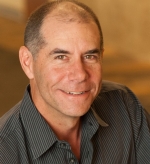
 Abstract Biography |
|
| 16:00 | Cloud Engineering Simulation: A Game Changer for Engineers |
Ian Campbell, CEO, OnScale Cloud Engineering Simulation: A Game Changer for Engineers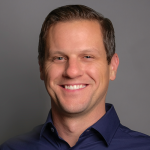
 Abstract Biography |
|
| 16:20 | Addressing the "New-Space" Paradigm Shift in Development and Production of High Reliability, Space Grade Semiconductor Components |
Christian Sayer, Field Applications Engineer, Cobham Advanced Electronics Solutions Addressing the "New-Space" Paradigm Shift in Development and Production of High Reliability, Space Grade Semiconductor Components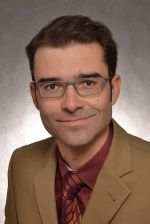
 Abstract Biography |
|
| 16:40 |
Panel discussionExecutive Panel: A Jim Hogan Fireside Chat: The Risk of Obsolete Design and Verification Environments in the RISC-V Era |
| Moderation |
Jim Hogan, Executive Managing Partner, Vista Ventures, LLC
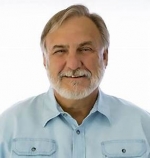
 Biography |
| Panelists |
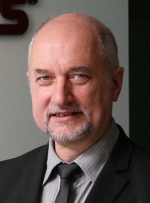
 Biography 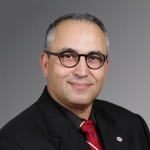
 Biography 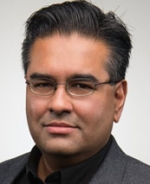
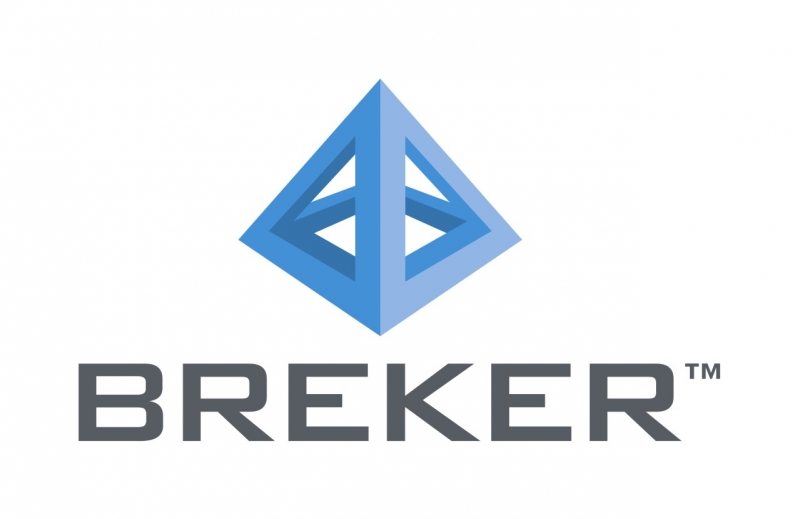 Biography 
 Biography 
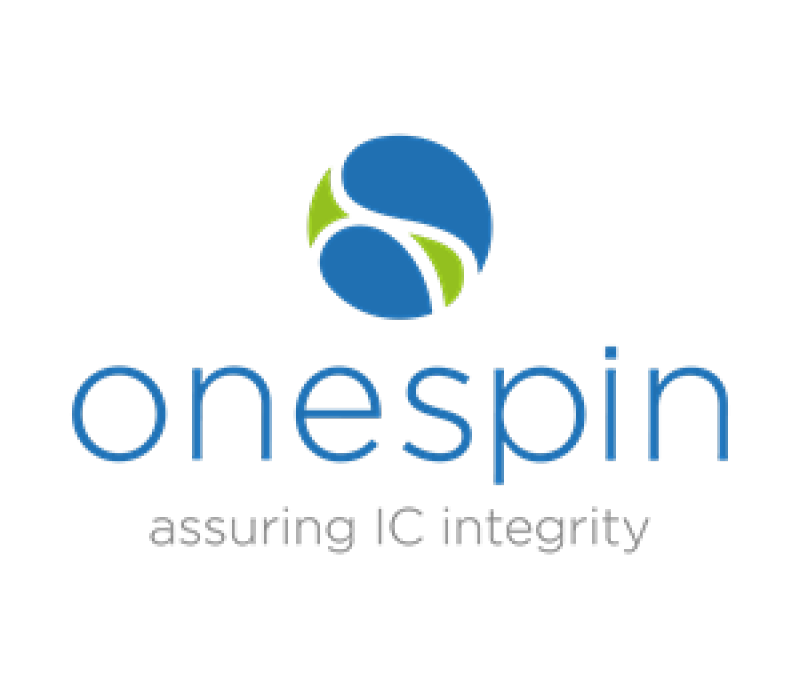 Biography |
| 17:30 | SEMI & ESDA Networking Hour |